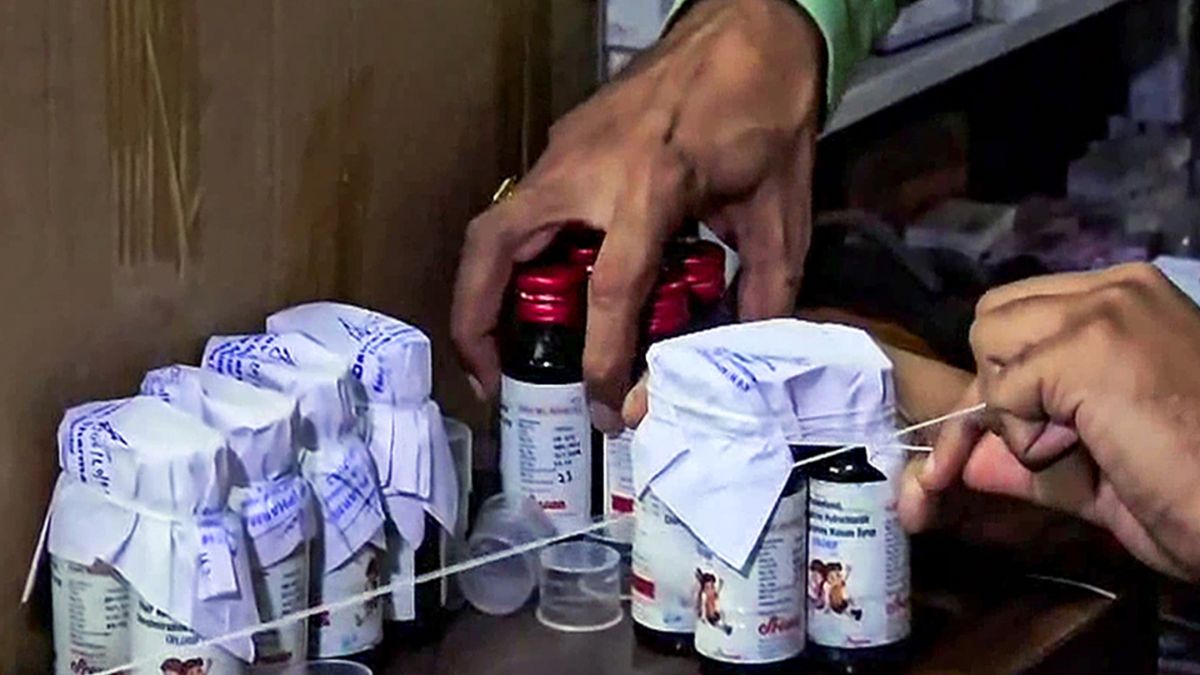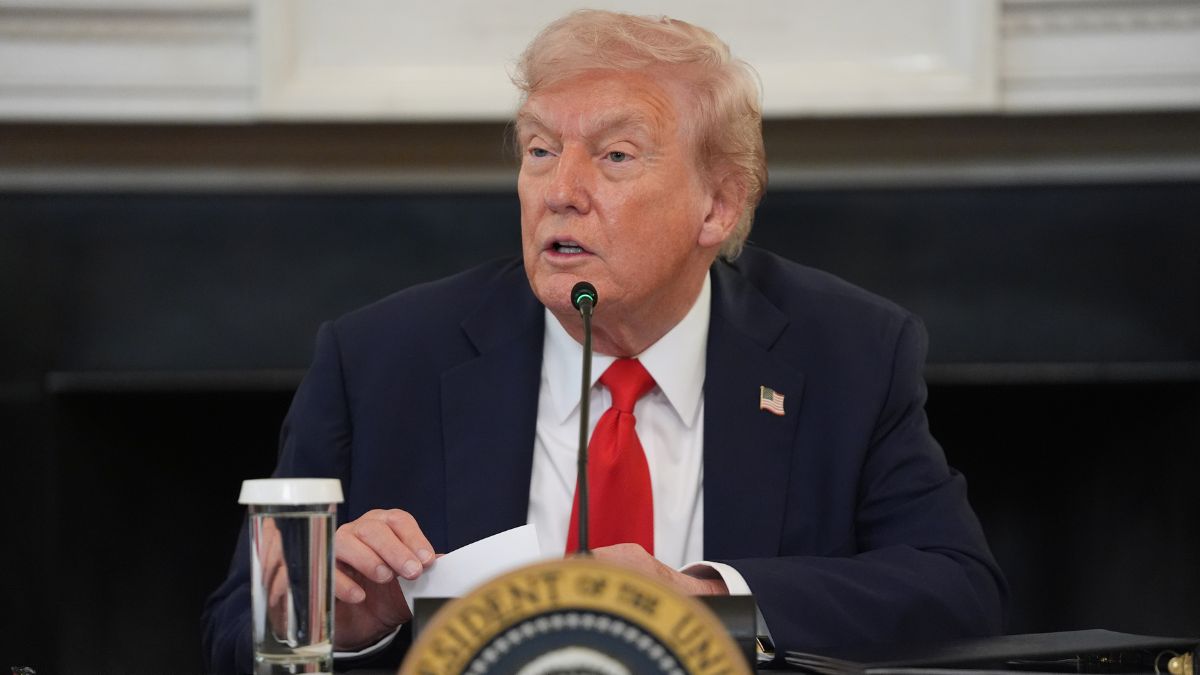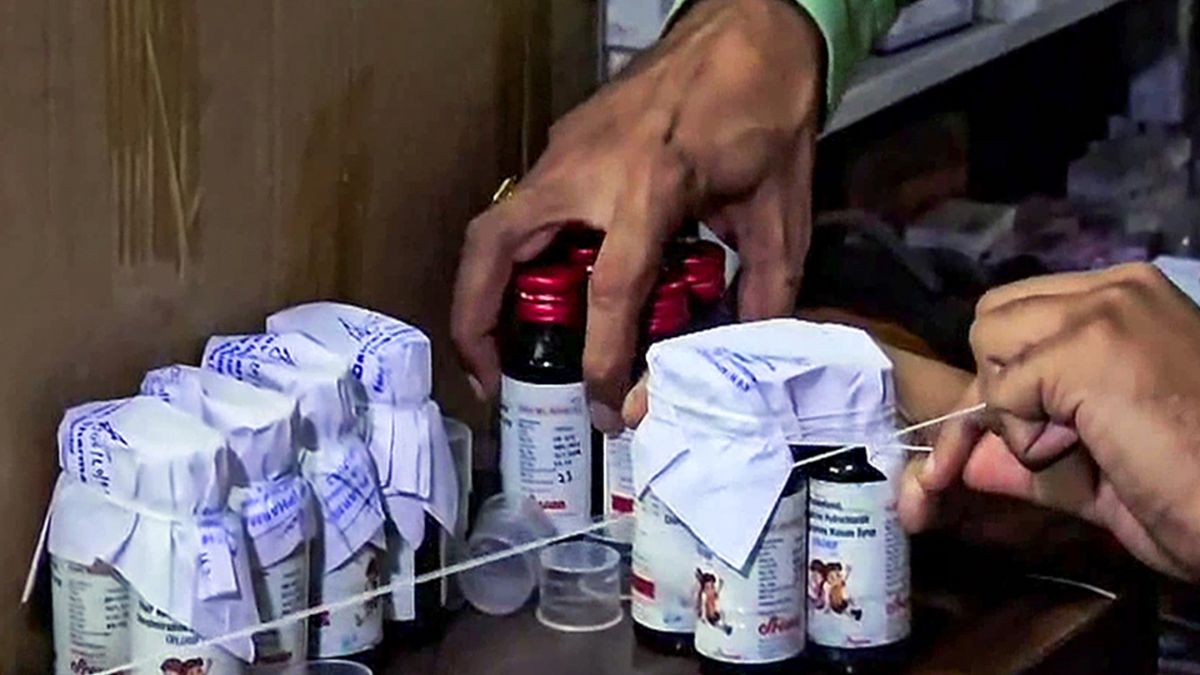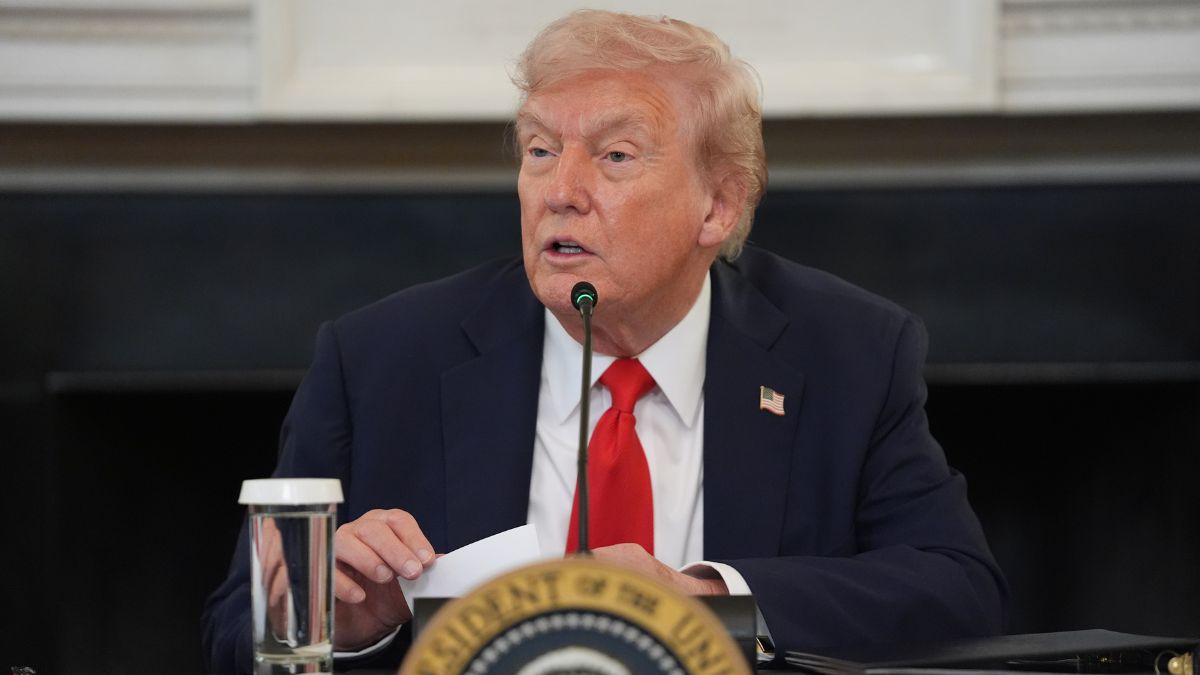Reel life often inspires real life. And perhaps that’s what happened in the case of this year’s Chemistry Nobel prize winners.
On Wednesday (October 8), Susumu Kitagawa of Kyoto University in Japan, Richard Robson of the University of Melbourne in Australia and Omar M Yaghi of the University of California, Berkeley, won the prestigious prize “for the development of metal-organic frameworks.”
You must be wondering what is the connection then to reel life. Think Hermione’s handbag from the famous Harry Potter book written by JK Rowling. We explain.
The Nobel goes to…
The Royal Swedish Academy of Sciences, on Wednesday, awarded the Nobel in Chemistry to three scientists — Susumu Kitagawa (74), a professor at Kyoto University in Japan; Richard Robson (88), of the University of Melbourne, Australia; and Omar M Yaghi (60), a professor at the University of California, Berkeley.
In their note, the Academy announced, “Through the development of metal-organic frameworks, the laureates have provided chemists with new opportunities for solving some of the challenges we face.”
Explaining what is metal-organic frameworks (MOF), Heiner Linke, chairman of Nobel Committee for Chemistry said, “A small amount of such material can be almost like Hermione’s handbag in Harry Potter. It can store huge amounts of gas in a tiny volume.
“This type of materials, called metal-organic framework, can be created with almost unlimited variations, creating unending possibilities for the greatest benefit of humankind.”
Richard Robson began the initial research into MOFs in 1974 while teaching classes on molecules. His idea was to use atoms to link together different types of molecules and build a different class of structures altogether.
This idea was further developed by Susuma Kitagawa at Kyoto University in Japan in 1992, when he began building porous molecules that could accommodate different gases inside. In 1997, he had a breakthrough by building a metal-organic framework that used cobalt or zinc metals and could even accommodate gases like nitrogen, oxygen and methane.
“I’m deeply honoured and delighted that my long-standing research has been recognised,” said Kitagawa on a phone call in the Nobel press conference. “I’m very interested in seeing the usefulness of this material for society, but it also helped me discover new properties so it was fun for me!”
Omar Yaghi, a professor at the University of California, Berkeley, was working at the same time as Kitagawa to build solid materials with different components, almost like LEGOs. Yaghi was the first to coin the term ‘metal-organic framework’ to refer to the material he had created.
While it had base properties of metal, ie it was solid and had metal ions, these ions were linked together using organic molecules like carbon, which allowed for a flexible porous structure through which gases could pass.
The Hermione connection
As the Nobel committee noted, the award winning idea of MOFs is akin to Hermione’s bottomless handbag in the Harry Potter books, later turned into movies.
For those who aren’t fans of the JK Rowling books, Hermione Granger, one of Harry Potter’s best friends, carries an ordinary-sized handbag that holds limitless amounts of belongings, including clothes, books and camping gear.
In the books, the bag gained attention when the trio of Harry, Hermione and Ron were hunting for Lord Voldemort’s Horcruxes. While on the search, she had placed an ‘Undetectable Extension Charm’ on the handbag in order to carry supplies that would come handy to the trio — think clothes, books, healing supplies as well as camping material.
From magic to real life application
While Hermione’s handbag is a figment of JK Rowling’s imagination, metal-organic framework has actual real life applications.
MOF is already used to package fruit to extend shelf life by soaking up ethylene gas, which speeds up ripening.
MOFs can also be used to lock away carbon dioxide and collect clean water dry desert air, as well as filtering out toxic chemicals. They can also be used to separate PFAs from water, and as Australian Prime Minister Anthony Albanese noted MOFs could deliver precise drug doses to cancer patients, and even store and transport hydrogen and so much more.
As Heiner Linke, chair of the Nobel Committee for Chemistry, said, “Metal-organic frameworks have enormous potential, bringing previously unforeseen opportunities for custom-made materials with new functions.”
Even Dr Anette Doherty, president of the Royal Society of Chemistry, said MOFs were “an incredible group of materials, which have fantastic potential in a range of applications - from gas storage and separation to carefully targeted drug delivery and even removing pollution from the environment”.
With inputs from agencies


)

)
)
)
)
)
)
)
)



